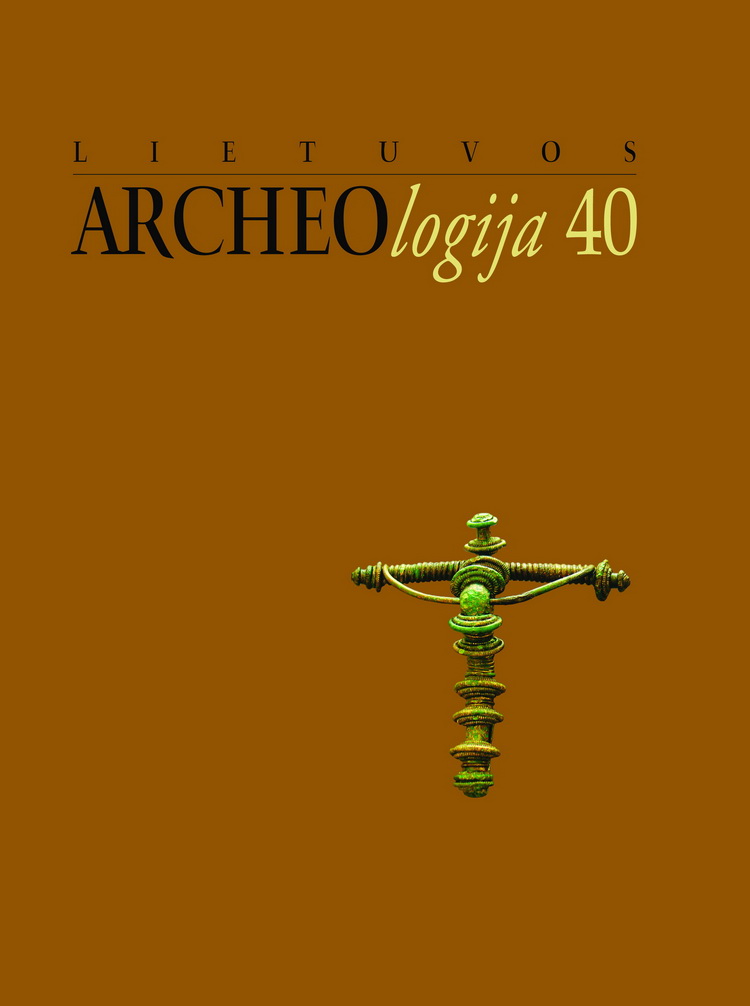The demography of Iron Age graves in Estonia
The demography of Iron Age graves in Estonia
Author(s): Raili AllmäeSubject(s): Anthropology
Published by: Lietuvos istorijos institutas
Keywords: Iron Age; cremations; palaeodemography
Summary/Abstract: Cremated and non-cremated human remains from fourteen Estonian Iron Age burial grounds were analysed in order to estimate the number of burials in the graves as well as the age at death and sex of the individuals in these burials and to model the demographic figures for some Estonian Iron Age communities. Three graves (Rosna I, Rosna II, Suure-Rosna) in South-eastern Estonia and two in Western Estonia were suitable for palaeodemographic analyses. Five of the graves were used by communities with 3–9 individuals, which usually corresponds to a single family or household. Rosna-Saare I barrow cemetery in South-eastern Estonia indicated a somewhat larger community of 10–15 individuals, which could have been an extended family, a larger household, or two nuclear families. The estimated crude death rate during the Middle Iron Age at Rosna varied between 49.2 and 62.1‰ (52.4‰ on average). The estimated crude death rate was somewhat lower (39.0‰) in Late Iron Age Maidla and was extremely high (86‰) in Middle Iron Age Maidla.
Journal: Lietuvos archeologija
- Issue Year: 2014
- Issue No: 40
- Page Range: 163-179
- Page Count: 17
- Language: English

